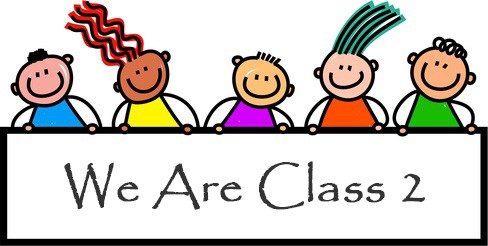I hope you have all had a fun and relaxing half-term. It has been strange not having lots of Seesaw posts every day from you all, I did miss it! I’m a little sad that the snow has all gone now but I am excited that Spring is hopefully on the way and we get better weather, longer days and the chance to spend more time outside. I have added a vote note to Seesaw for this week’s brain break choices.
Here’s what’s on the plan for today:
- English -linked to theme
- Reading – online reading opportunities
- Spelling – suffixes
- Maths – money
- Theme
English: We are starting this half-term by retracing our steps through the history of aviation. Today we are going right back to the early days of flight to consider some of the earliest aircraft that flew and later in the week we are going to look at Amy Johnson and her life story. Have you been on an aeroplane to go on holiday somewhere? It’s not unusual now but just over one hundred years ago, the pioneers of early flight were trying to take to the skies. The Wright Brothers were two such people. Watch this animated video clip to learn more about them.
Now compare that clip with real footage from the 1900’s of the Wright brothers early flights. It’s amazing considering how dangerous these early planes looked that it was just over fifty years later that there was a manned flight into space. Would you have liked to try and fly in any of those early designs? I think it would have been quite scary.
Next look at this timeline of flight. Which order do you think the events need to go in? Discuss it with whoever you are sitting next to.
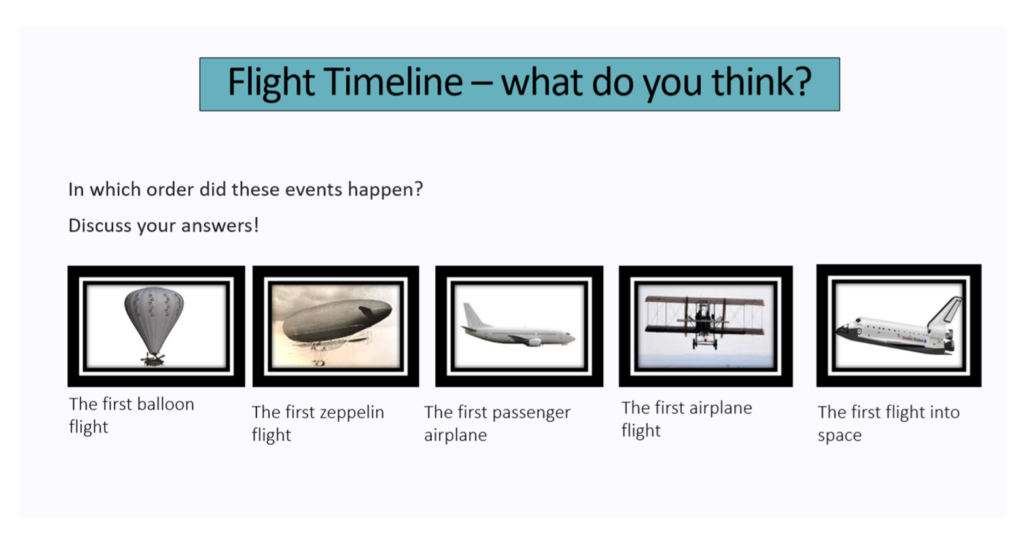
Now you have a choice of two tasks today on the Wright brothers. They are both on Seesaw. One is a comprehension activity where you can fill in the blanks in the sentences and there is a word bank to help you. The second activity is a piece of bunting to complete with information that you have learned about the Wright brothers.
Reading: Don’t forget if you haven’t tried it already, you now have free access to Sooper Books. The login details were sent over half-term via Seesaw, please email or send a Seesaw note if you need them sending again.
Sooper Books https://sooperbooks.com a leading digital children’s story platform, has very kindly given our school free access to all pupils between 8am and 5pm Monday to Friday to help out during lockdown. There is a range of fantastic fairy tales https://sooperbooks.com/fairy-tales children’s stories https://sooperbooks.com/bedtime-stories , original rhyming stories and new series content, each with a professional audiobook.
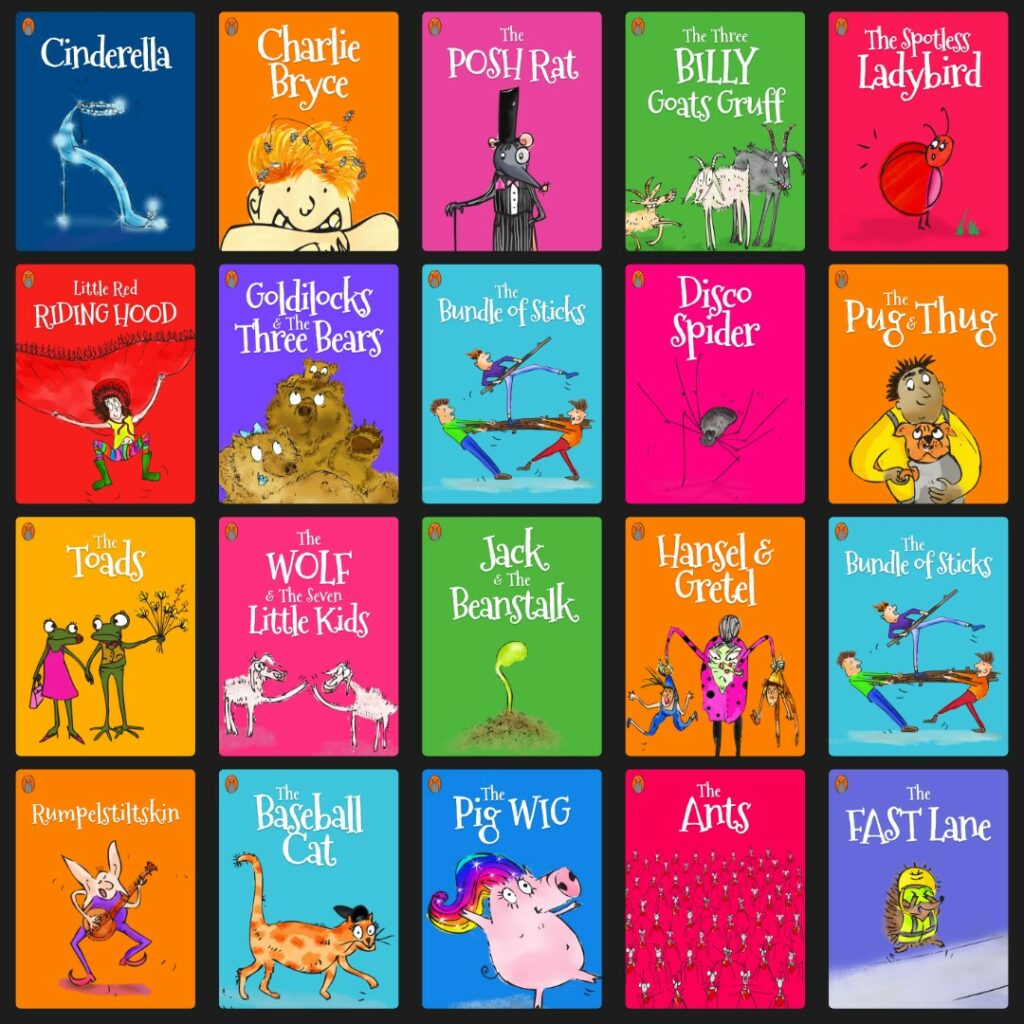
I have also been contacted by a parent with details of a link to a free e-book to read on the subject of Space. Although we have completed our class work on space, I know many of you really enjoyed it, so I thought you still might like to access the book here. https://mailchi.mp/booklife/free-ebook-991881?e=fcc1318389
Spelling: Can you remember what a suffix is from the work we did at the end of last half-term? If you can, tell whoever is with you what you can remember. If not don’t worry, as we are recapping with this week’s work but looking at different suffixes. This is our spelling list for this week.
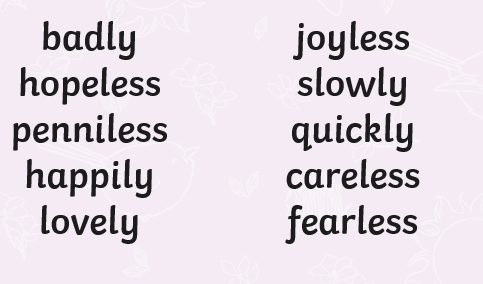
Where about in a word does the suffix come? is it the beginning, the middle or the end? Can you work out what this week’s suffixes are? Watch this short video clip and we’ll go through it together and play a game.
Maths: Today we are starting a two week block on money. The national Curriculum has the following expectations for year 2 pupils.
- recognise and use symbols for pounds (£) and pence (p); combine amounts to make a particular value
- find different combinations of coins that equal the same amounts of money
- solve simple problems in a practical context involving addition and subtraction of money of the same unit, including giving change
We are going to use the Oak Academy lessons again for this block of work with additional activities to support as well. We are starting with lesson 3 as the first two lessons are introductory lessons to money for Key Stage One and we have covered these in class 2 already.
https://teachers.thenational.academy/lessons/to-recognise-the-value-of-different-coins-part-2-6mt68t
and the exit quiz https://classroom.thenational.academy/lessons/to-recognise-the-value-of-different-coins-part-2-6mt68t?step=4&activity=exit_quiz
There are a few extra tasks you can tackle today. First of all look at the coin strip below or ask an adult if you can have some real coins and put them in order of value. Can you recognise each coin?

If you can recognise each coin, can you then work out the following:
- How many pennies are needed to make 10p or 20p or 50p?
- How many 2p coins do you need to make 20p or 50p (practise counting in 2s)
- How many 5 pence coins do you need to make 50p or £1 (practise counting in 5s)
- How many 10p coins do you need to make £1 or £2?
Next look at this selection of coins.

How many different ways can you use the coins to make 30p? You can use each coin more than once for each calculation. Try to think of at least ten ways to do it.
What is the least amount of coins you could use to make 30p?
What is the most amount of coins you could use to make 30p?
Record your answers as number sentences like this example: 5p+5p+10p+2p +2p+2p+2p+2p = 30p
Theme:
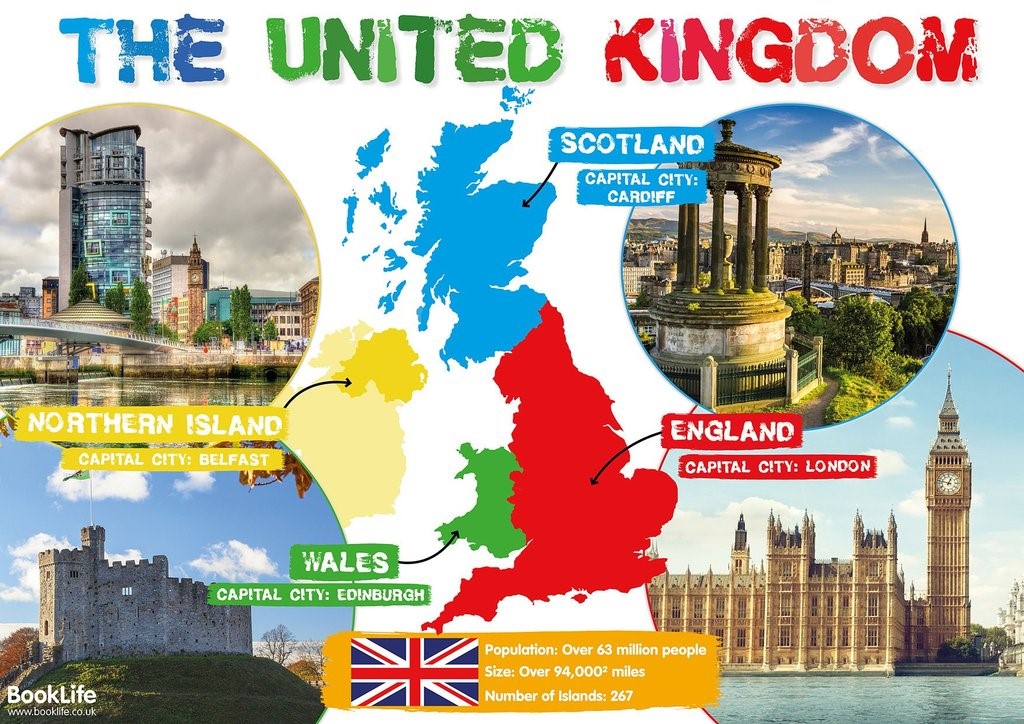
This half term we are going to be learning more about the United Kingdom and Mrs Plant is planning the home learning for KS1 for this whilst I plan the KS1 science which will be posted tomorrow. To start we would like to find out more about the places you have visited. You may have travelled abroad to different countries, to places in the United Kingdom or to places near to where you live.
Our school is in Brandesburton, which is in the country England. Using the maps below talk with a family member about the location of Brandesburton and the places you have visited. Think about:
- how you got there
- how far away it is
- what places are nearby
- what country it is in
- what landmarks you saw
- what activities you did
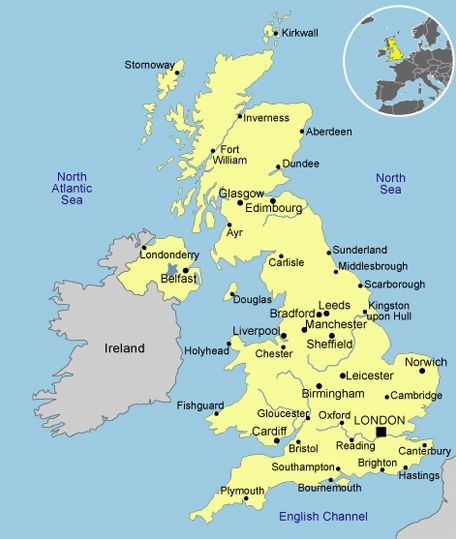
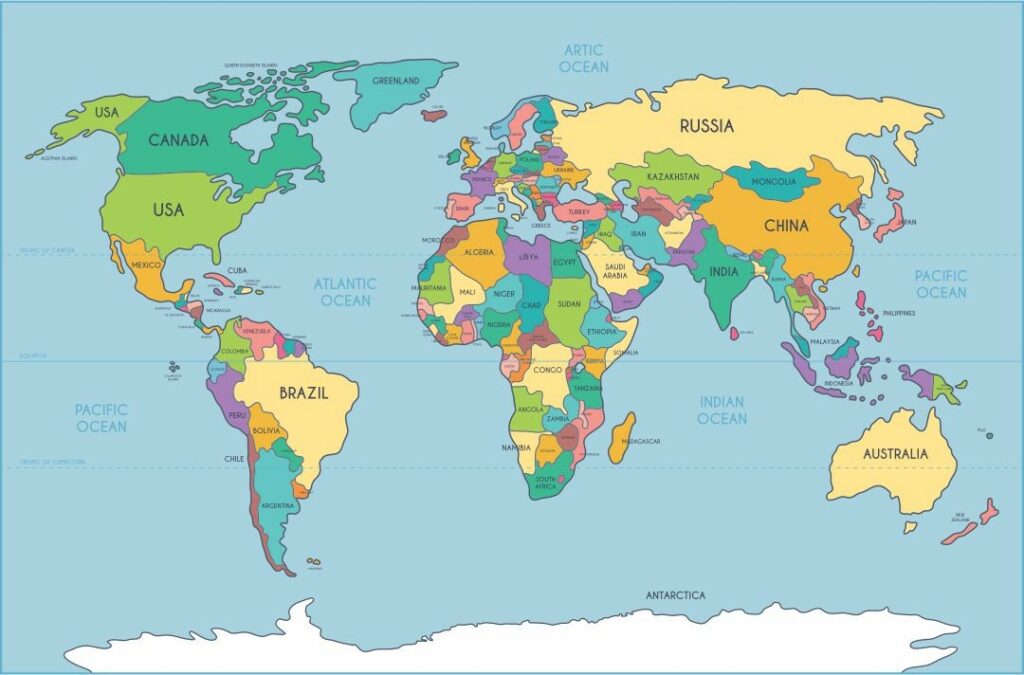
Click on the link to take you to an interactive world map that lets you look at different countries in greater detail.
https://geology.com/world/world-map.shtml
After you have explored the maps we would like you to write and draw about one or more of the places you have visited.
It would be fantastic if you could send in any photographs of places you have visited within the United Kingdom or share any postcards/leaflets to support our classroom displays and future lessons.
